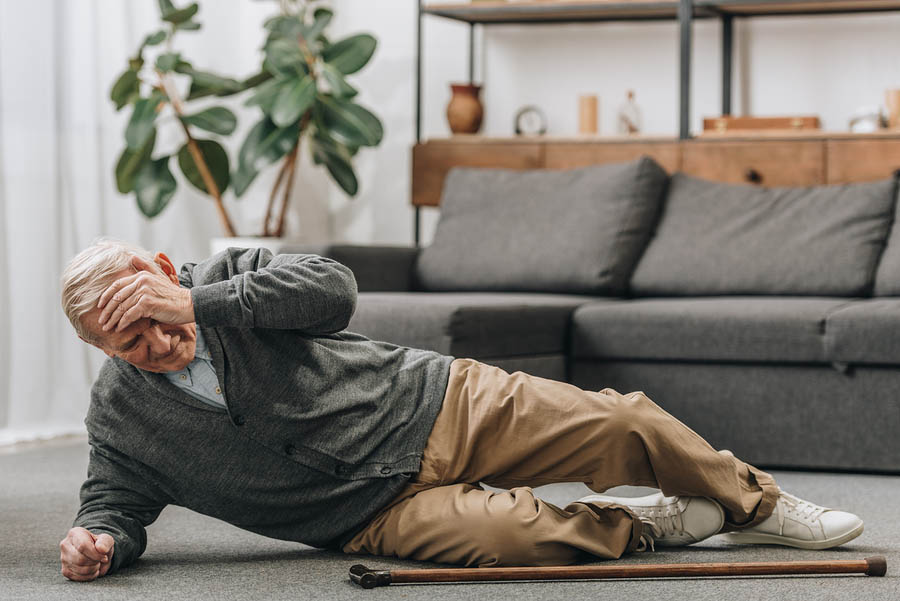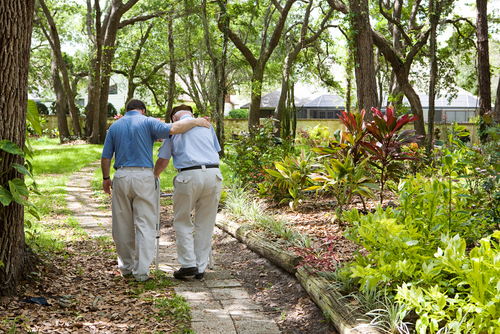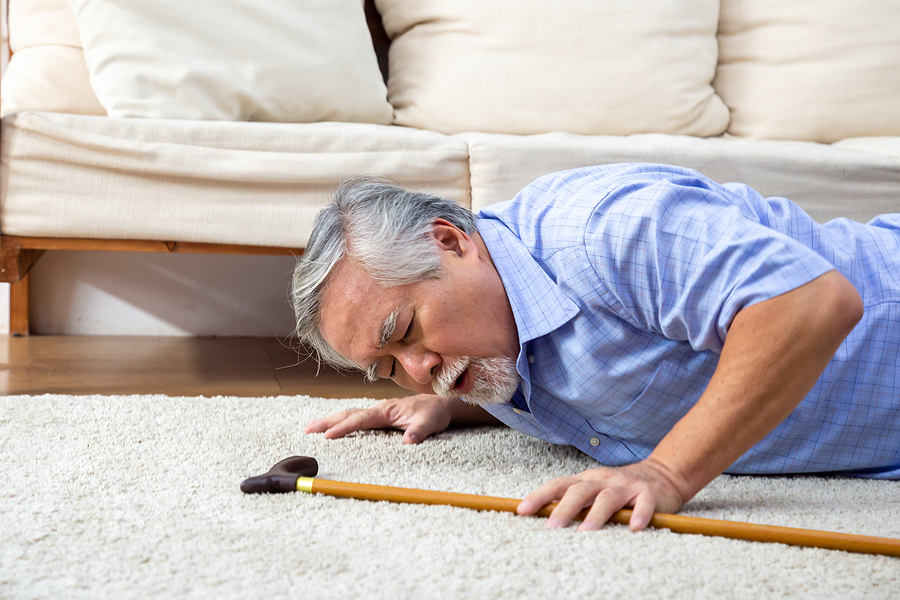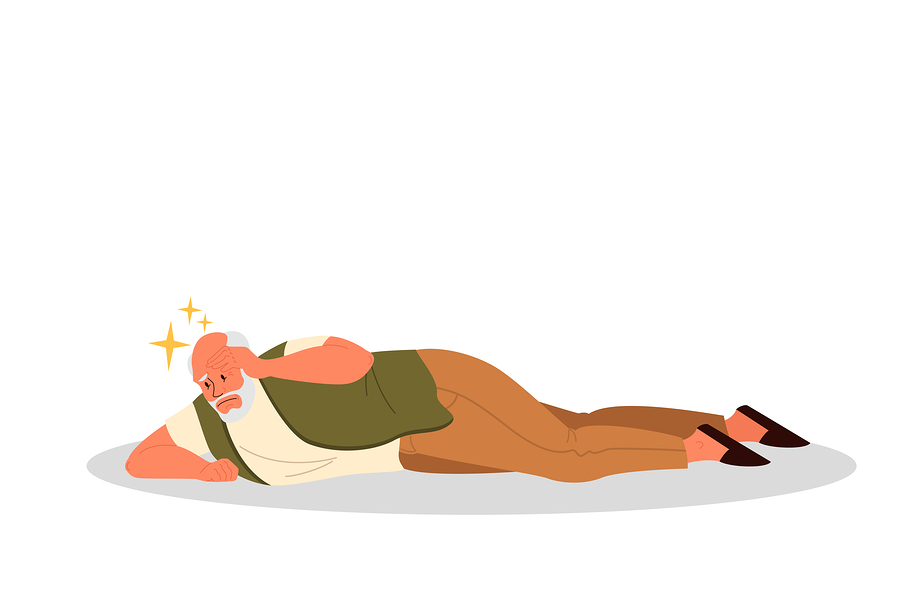Falls in the Elderly: Statistics
Category:

We’ve all fallen before, but as we get older, falls become far more dangerous. Falls are the leading cause of injury among seniors, including the leading cause of fatal injury. Among those who survive, a fall could threaten their future independence. Falls can also take a huge financial and personal cost. By looking over some senior fall statistics, it’s far easier to appreciate the importance of prevention.
Slip and Fall Statistics
According to the National Council on Aging, every year, about one quarter of Americans over the age of 65 will suffer from a fall. Fall fatalities statistics show that falls result in one ER visit every 11 seconds, and one fatality every 19 minutes. These deaths are disproportionately among the elderly.
Falls can affect people of any age, but seniors are at significantly greater risk of suffering from a fall. When an accident happens, seniors are also at greater risk of suffering from more severe injuries. For elderly people, falls are more likely to lead to head trauma, spinal cord injuries, fractures, or other long term complications.
Death from falls statistics show that falls are something to take seriously, especially for seniors. According to the World Health Organization, falls are the second leading cause of accidental death around the world, with falls causing as many as 646,000 deaths annually. Most fatal falls occur among adults 75 or over, but falls are also the leading cause of traumatic brain injuries.
Falls in the Elderly Statistics – Costs
What about the financial costs for survivors? Fall injury statistics from the CDC show that around 20% of falls will lead to a serious injury, like a broken bone. In total, falls lead to more than 2.8 million injuries in emergency departments each year, as well as nearly a million patients being hospitalized.
For 2015, estimates suggest the cost of treating those injuries was nearly $50 billion dollars, a cost which is projected to reach $67.7 billion by 2020. On a personal level, the costs are no less staggering, with the average cost of treating a fall panning out to around $30,000.
Avoiding Falls
Senior fall statistics can paint a grim picture, but it’s important to remember that falls aren’t inevitable. By taking some precautions and making a few accommodations, you can often reduce the chance of a loved one suffering from a fall.
That’s because falls are usually caused by a combination of factors. A person who has trouble walking may not be at a greatly increased risk of suffering from a fall, but their risk quickly increases with comorbid issues.
According to the CDC, some of the numerous conditions that make you more likely to suffer from a fall include lower body weakness, vitamin D deficiency, issues with balance, and vision problems. Likewise, research associated with the National Council for Aging Care has found vascular diseases, depression, and arthritis are associated with a nearly 30% increase in risk of falling.
Caring for Loved Ones
Some seniors become afraid of suffering a fall, and become less active in response. However, cutting back on activity only leads to weakness, which ironically only increases a person’s chance of falling. In addition to encouraging loved ones to stay active, it helps to secure loose rugs, place down no-slip mats, install shower bars, add non-slip treads to wooden steps, and take similar steps to ensure grips is available.
Though there’s no guarantee you can stop a loved one from falling, by taking simple steps like these, it is possible to greatly reduce their risk.
Subscribe
Date: June 11, 2019
Category:


